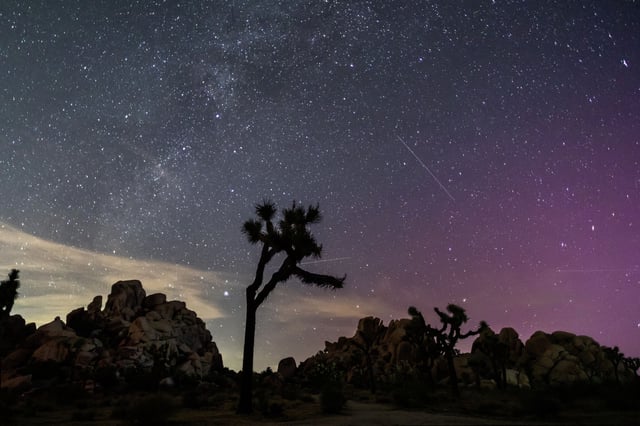Overview
- The Perseid meteor shower reaches its narrow maximum overnight on August 12–13, coinciding with the bright Sturgeon Moon.
- Moon glare from an 84%-lit waning gibbous phase will wash out fainter meteors and cut activity by at least 75%.
- Stargazers are advised to find dark, rural sites and use natural shadows to block lunar light while watching between midnight and the pre-dawn hours.
- A brief moon-free window around August 15 may offer marginally clearer skies, though meteor rates will already be tapering off.
- Enthusiasts seeking a stronger display can look ahead to December’s Geminid shower, which peaks under moonless skies and may yield up to 150 meteors per hour.



